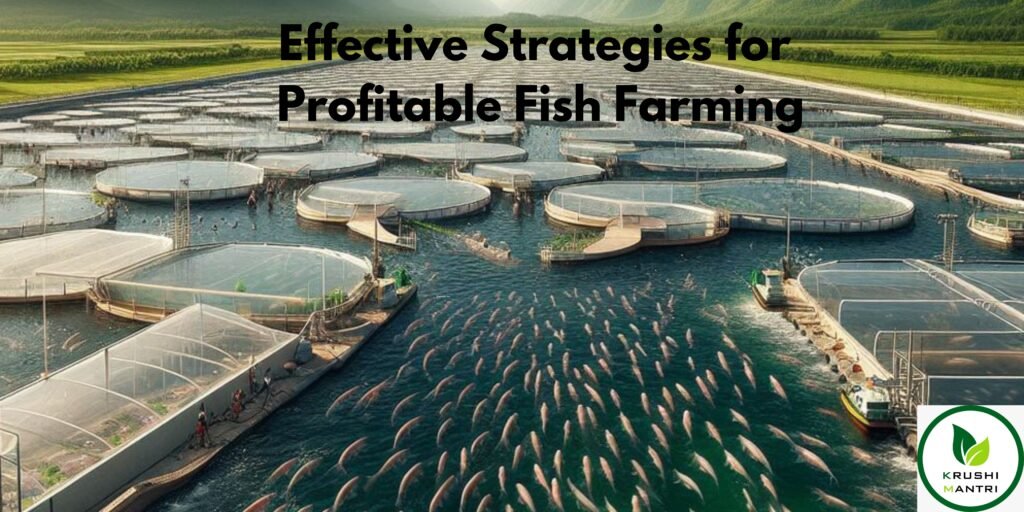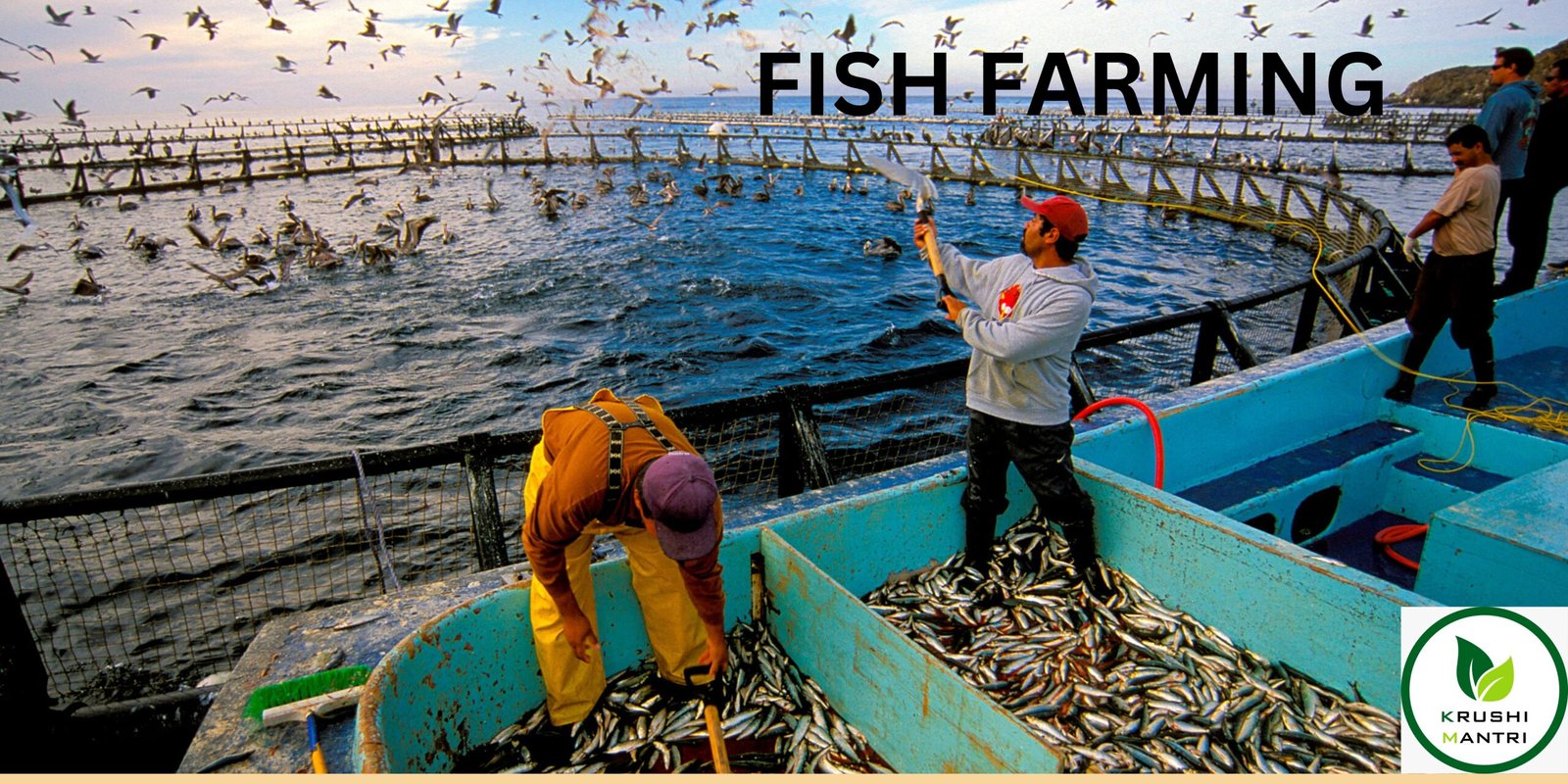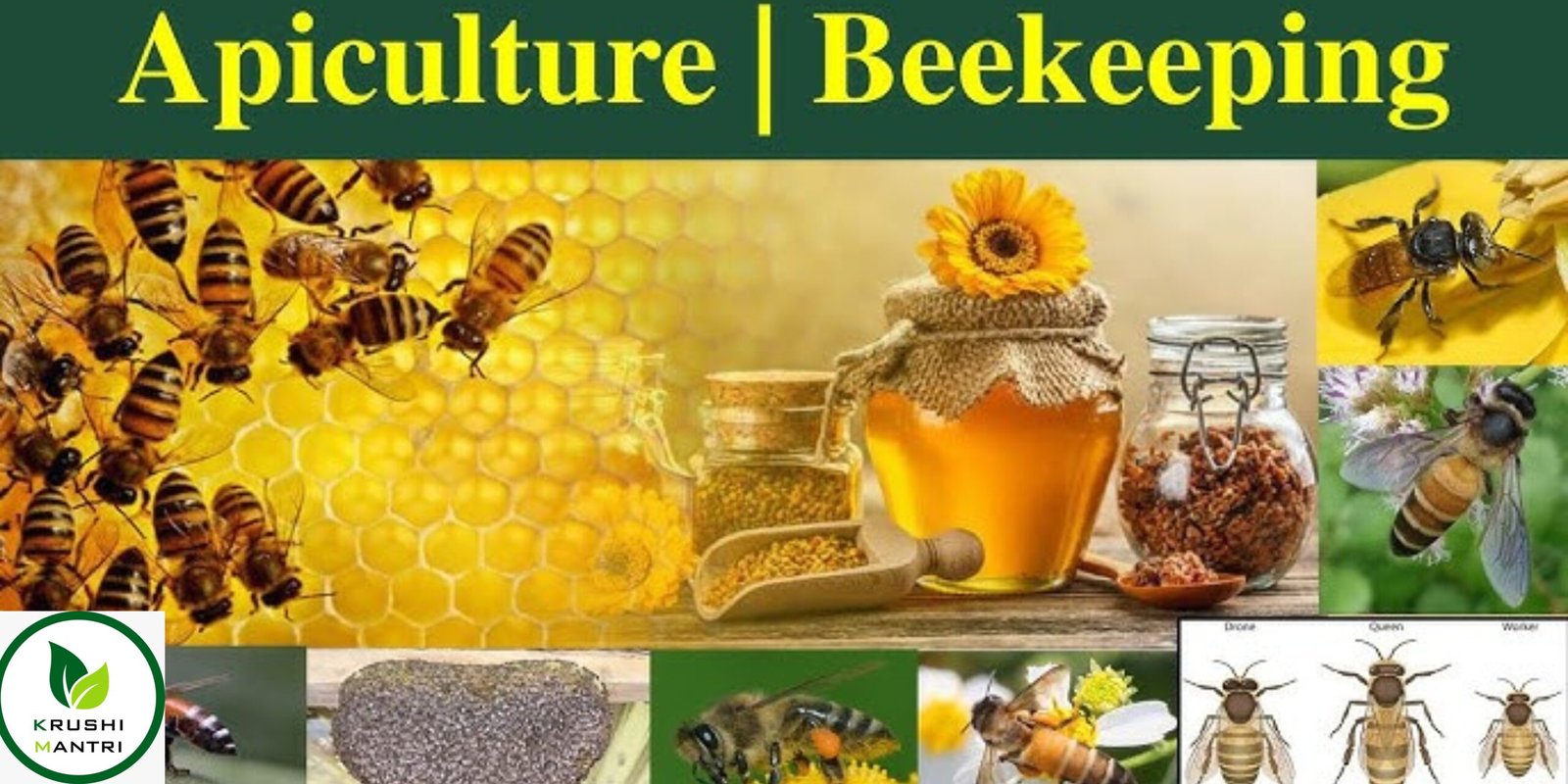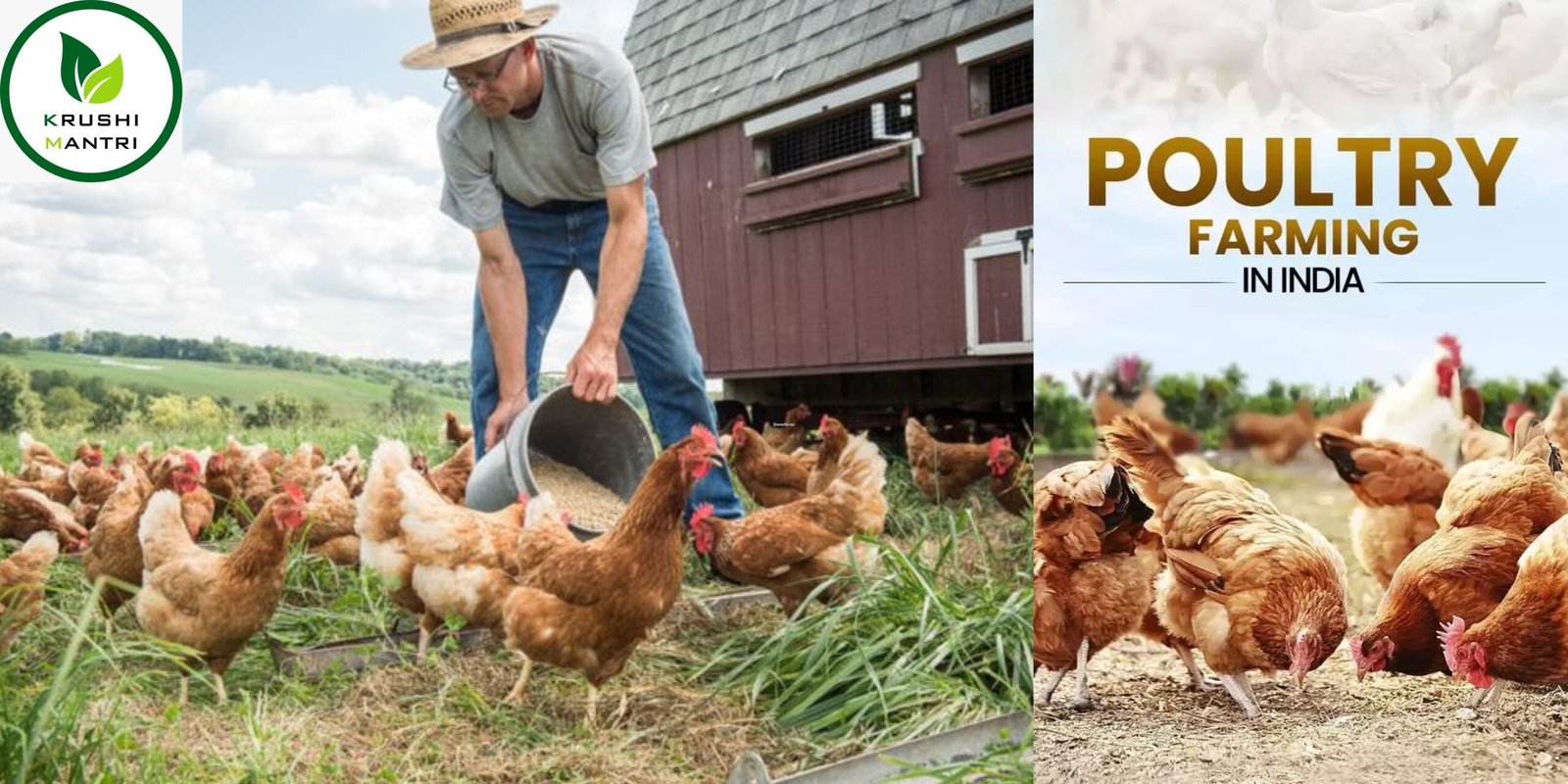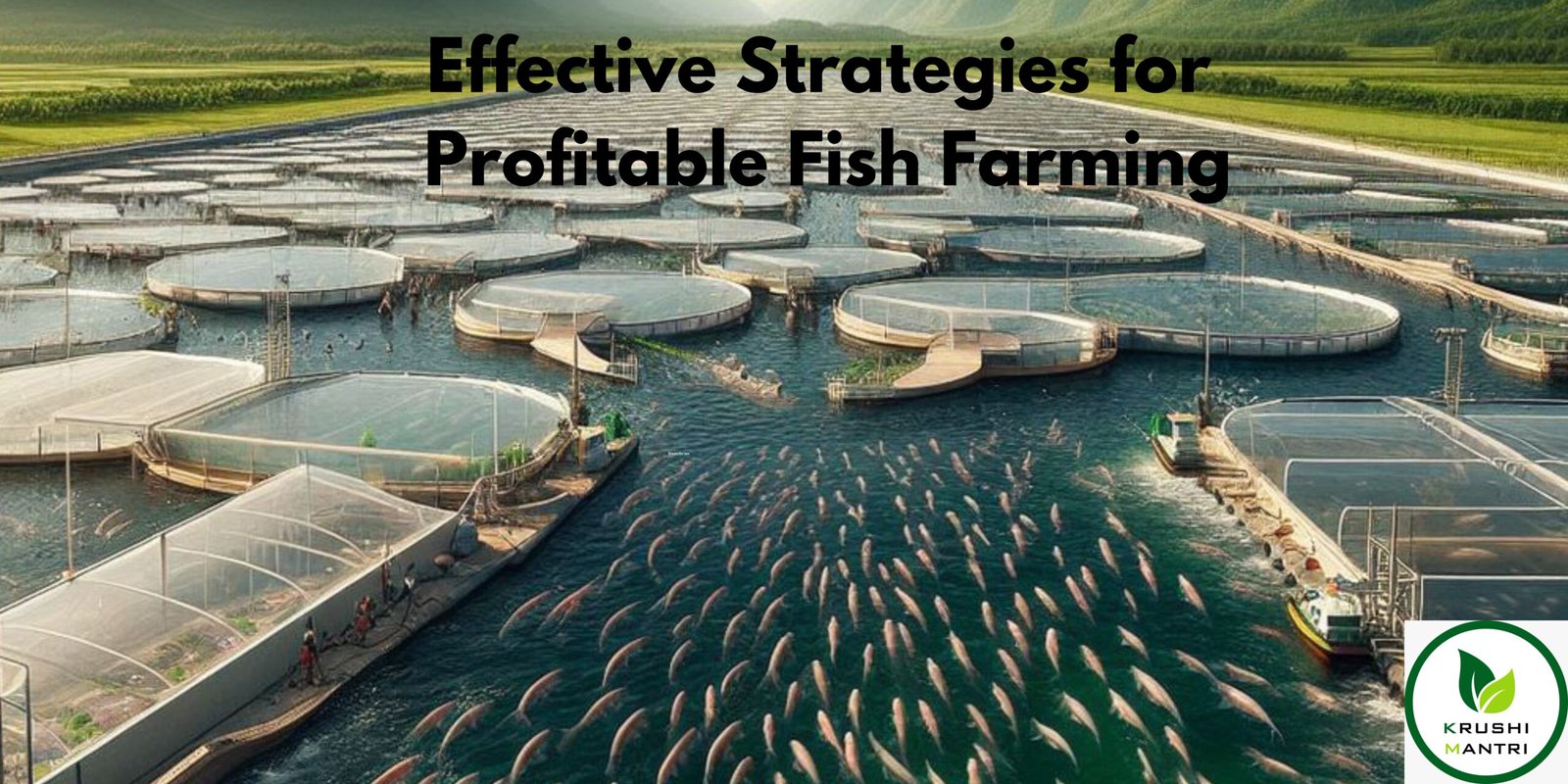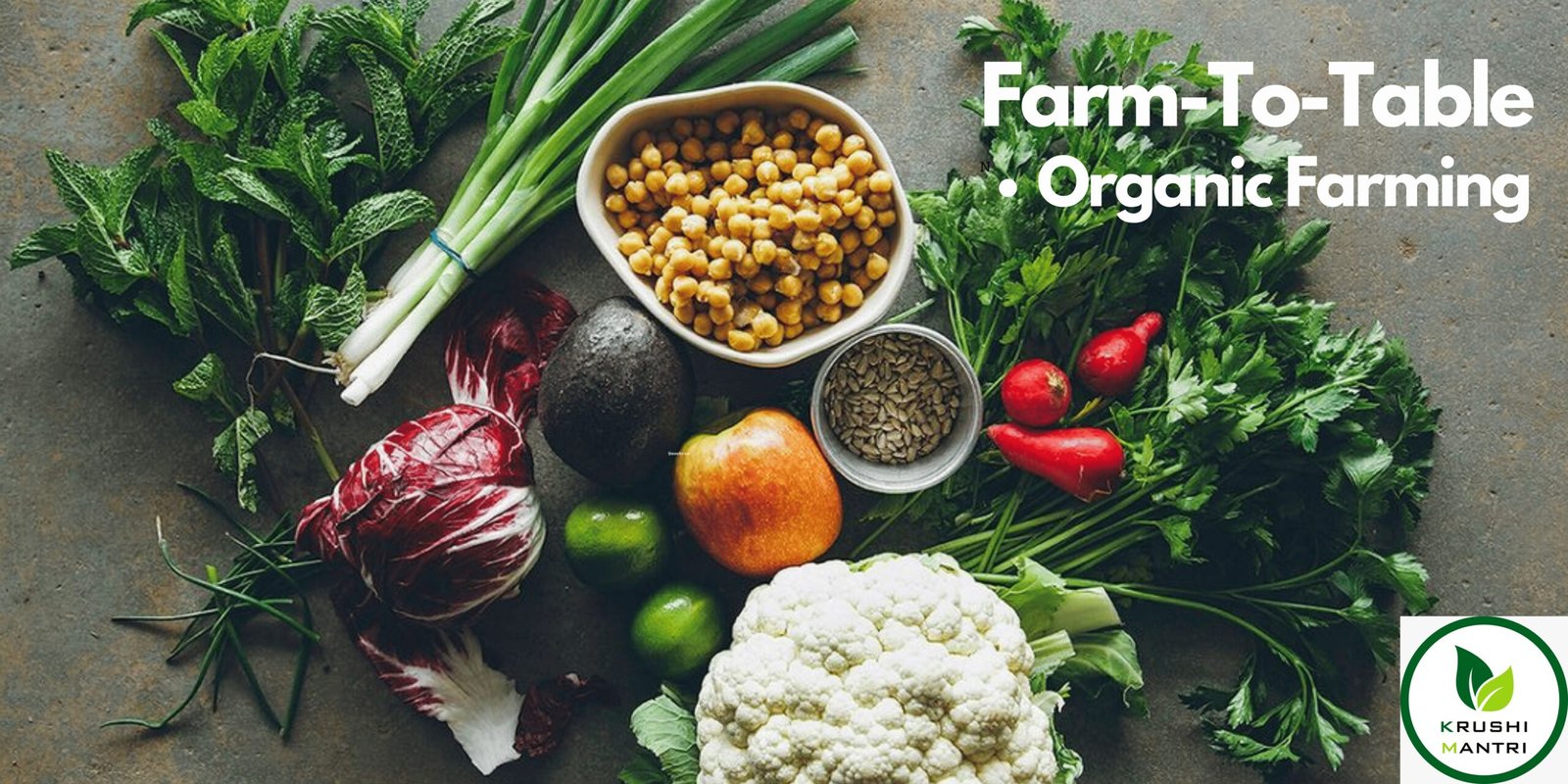Fish farming, or aquaculture Fish Farming, has emerged as a sustainable and profitable solution to meet the growing global demand for fish. This guide will cover all the fundamental aspects of fish farming, including types, starting a farm, costs, and key considerations for farmers.
Fish farming involves breeding and rearing fish in controlled environments like ponds, tanks, or cages. It aims to produce fish for consumption, ornamental purposes, or restocking natural water bodies. Aquaculture plays a crucial role in enhancing food security, reducing overfishing, and providing livelihoods in rural and urban areas alike.
Types of Fish Farming
- Types in India:
- Freshwater Fish Farming: Focuses on species like Rohu, Catla, and Mrigal. These fish thrive in rivers, ponds, and reservoirs. Freshwater farming accounts for a significant portion of India’s fish production.
- Brackish Water Fish Farming: Involves raising species like Shrimp and Milkfish in slightly saline waters found in coastal areas.
- Marine Fish Farming: Targets high-value species like Pomfret, Seabass, and Grouper, grown in sea cages along India’s vast coastline.
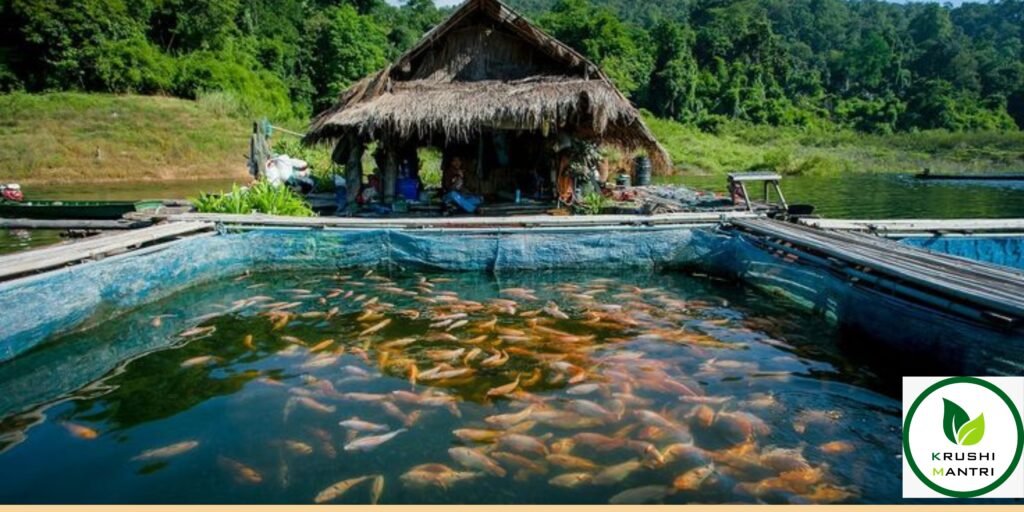
- Types in the US:
- Catfish Farming: Dominates the aquaculture sector in the southern states due to its adaptability and high market demand.
- Salmon Fish Farming: Common in cold coastal regions like Alaska and Maine, salmon farming is an integral part of the seafood industry.
- Tilapia Farming: Tilapia, known for its rapid growth and low maintenance, is a preferred species for freshwater farming.
How to Start Fish Farming / Aquaculture Farming
- Research and Planning:
- Identify Your Goals: Decide whether you want to farm for local consumption, export, or ornamental purposes.
- Choose a Species: Select fish suitable for your climate, water conditions, and market demand. Common choices include Tilapia, Catfish, Rohu, and Shrimp.
- Farming Method: Decide between pond culture, cage culture, recirculating aquaculture systems (RAS), or biofloc farming, depending on resources and objectives.
- Select a Suitable Location:
- Water Source: Ensure a consistent supply of clean water, either from rivers, bore wells, or rainwater harvesting.
- Land Quality: Choose land with suitable soil (clay loam is ideal for ponds) and good drainage.
- Accessibility: Ensure proximity to markets and suppliers for feed, seeds, and other essentials.
- Develop Infrastructure:
- Construct Ponds or Tanks: Build fish ponds with proper depth (4-6 feet) or install tanks for species-specific requirements.
- Water Quality System: Install aerators and filtration systems to maintain oxygen levels and remove waste.
- Fencing and Shelter: Secure the area to protect against predators and environmental hazards.
- Acquire Legal Approvals:
- Legal Compliance: Check local government regulations and acquire permits for aquaculture farming.
- Environmental Clearances: Comply with guidelines to ensure sustainable practices and avoid ecological damage.
- Procure Fish Seed and Feed
- Buy Quality Seeds: Source healthy fingerlings or juveniles from trusted hatcheries.
- Feed Management: Use high-quality, species-specific feed to promote growth and maintain fish health.
- Implement Farming Practices:
- Stocking: Introduce fish into ponds or tanks at optimal densities to prevent overcrowding.
- Regular Monitoring: Check water parameters like pH, temperature, and dissolved oxygen daily.
- Disease Prevention: Use probiotics and vaccines as needed. Quarantine new stock to avoid disease outbreaks.
- Harvest and Marketing:
- Harvesting: Plan harvesting based on market size requirements and fish growth cycles.
- Market Your Produce: Build relationships with wholesalers, retailers, and exporters to ensure consistent sales.
Additional Tips for Success
- Use Sustainable Practices: Minimize waste, use eco-friendly feed, and recycle water where possible.
- Join Cooperatives or Associations: Collaborate with other farmers to share resources and gain access to government subsidies.
- Keep Learning: Attend training programs or workshops to stay updated on aquaculture innovations.
Starting aquaculture farming requires planning, investment, and consistent management. By following these steps, you can establish a successful and sustainable fish farming business.
Cost of Starting a Fish Farm
Starting costs can vary depending on the scale and type of farming. Here’s a breakdown:
- Pond Construction: Small-scale ponds can cost ₹50,000, while larger ones may require up to ₹3,00,000.
- Seed Procurement: Fish seeds (fingerlings) cost ₹5–₹15 each. The number required depends on the pond size and stocking density.
- Feed and Maintenance: Quality feed costs ₹30,000–₹1,00,000 annually for a one-acre pond.
- Additional Equipment: Expenses for aerators, nets, tanks, and filtration systems range from ₹10,000 to ₹50,000.
Key Points for Farmers
- Water Quality Management:
- Maintain ideal pH levels (6.5–8.5), dissolved oxygen (>5 ppm), and temperature (25–30°C).
- Regularly test water parameters to ensure fish health and growth.
- Feed Management:
- Provide balanced, protein-rich feed to maximize yield.
- Avoid overfeeding, as it can degrade water quality.
- Disease Control:
- Use biosecurity measures like disinfection and quarantine for new stock.
- Monitor fish for signs of stress or infection, such as abnormal swimming or discoloration.
- Market Research:
- Identify local and export opportunities.
- Establish connections with traders, wholesalers, and retailers to ensure a steady income.
FAQ
1. What is the most profitable type of fish farming?
Freshwater farming of Tilapia and carps (Rohu, Catla, Mrigal) is highly profitable in India due to their high market demand. For export-oriented ventures, shrimp and salmon farming offer significant returns.
2. What are the major risks in fish farming?
Risks include water pollution, disease outbreaks, and fluctuating market prices. Proper planning and monitoring can mitigate these risks.
3. How much land is required for fish farming?
For small-scale farming, a pond of 0.5–1 acre is sufficient. Larger operations may require more land and infrastructure.
4. What is biofloc fish farming?
Biofloc farming is a sustainable technique that uses beneficial microbes to recycle waste, improving water quality and reducing costs. It is ideal for areas with limited water resources.
5. How to start biofloc fish farming?
Biofloc fish farming involves cultivating fish in tanks or ponds enriched with beneficial microbes that recycle waste into nutrients. It requires setting up a controlled environment with proper aeration and maintaining water quality parameters like pH, ammonia, and oxygen. This method is cost-effective, eco-friendly, and ideal for areas with limited water resources.
6. How long does it take to raise fish for market?
The growth cycle varies by species. Tilapia and catfish can be harvested in 6–8 months, while carps take 8–12 months to mature.
Conclusion
Fish farming is a rewarding venture that combines sustainability with profitability. By selecting the right species, employing efficient farming methods, and adhering to best practices, farmers can build thriving businesses while contributing to food security and environmental conservation. This guide serves as a foundation to get started on your aquaculture journey. Stay tuned for Part 2, where we’ll explore profitable fish varieties, their care, and area-specific tips for success.
- How to Correct Your Farmer ID Online: A Step-by-Step Guide for Indian Farmers

- Unlocking the Potential of Sugarcane Production in Maharashtra: Expert Tips for Farming, Harvesting, and Marketing

- Apiculture- 6Essential Steps to Build a Thriving Honey Bee Farm
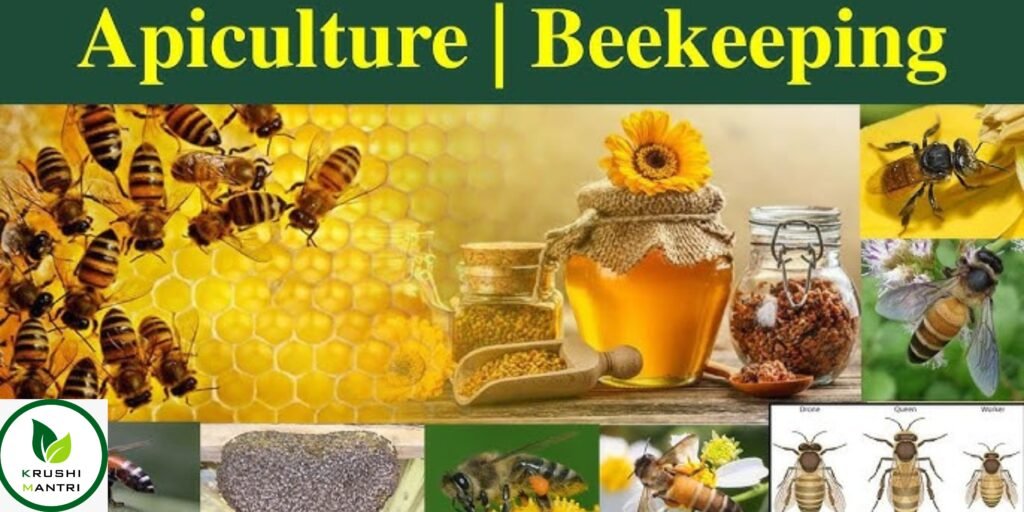
- Comprehensive Guide to Starting a Poultry Farm Business: Egg Production, Sheds, and Poultry Farm Insurance Coverage
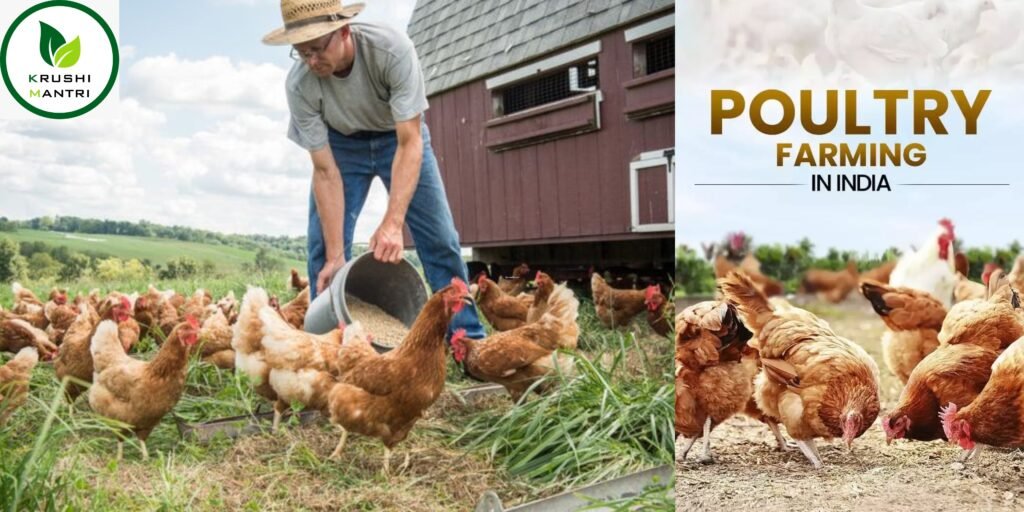
- A Complete Guide to Sandalwood Tree Farming: Red and White Sandalwood

- Rohu, Salmon Fish Farming: 4 Effective Strategies for (Types, Care, and Area-Specific Guidance)
